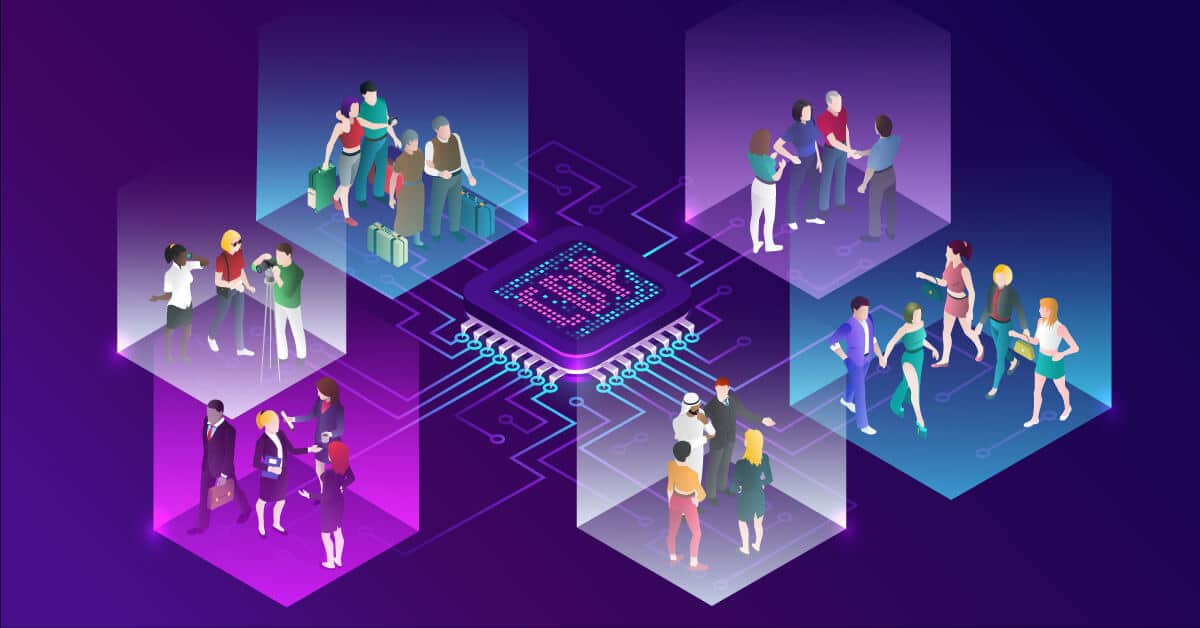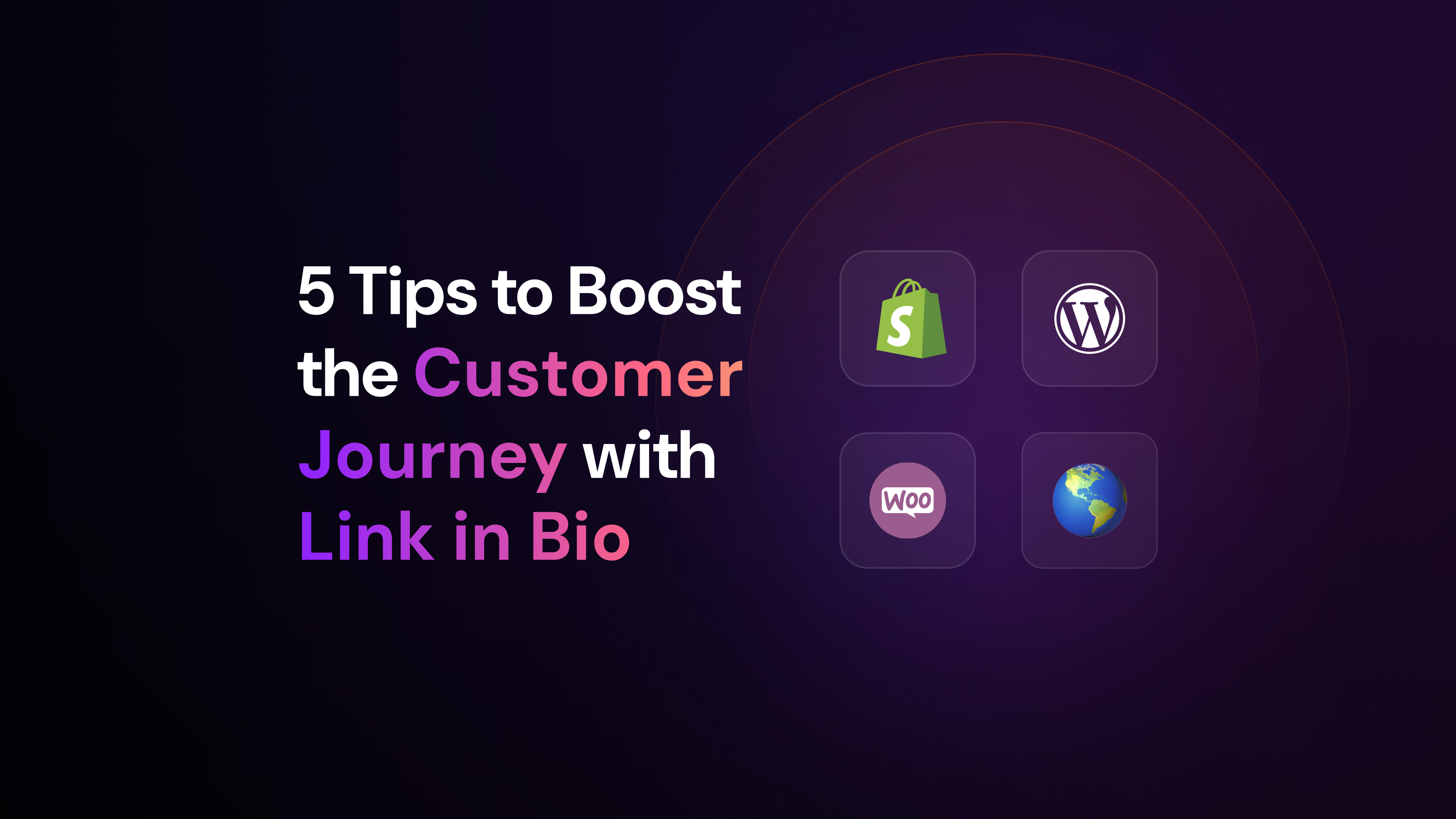You have heard how important customer engagement is for so many times now. But what does having an effective customer engagement strategy really mean? Is it all about giving your prospects and customers a seamless experience with your products and services? Or is it all about keeping up to date with your latest offerings?
Today, we will talk about taking your business to a whole new level by understanding in depth what customer engagement is and employing effective strategies that will make them advocates of the brand you are building this 2021.
What is Customer Engagement?
Customer engagement is a facet of Marketing where external customers or companies interact with a brand through various channels – offline and online. Simply put, it is when a prospect or a customer “connects” emotionally with your brand.
One of the goals of every marketer is to keep the customers engaged even after they have successfully closed the sale.
Besides growing your revenue and boosting your brand awareness, customer engagement is all about treating your customers like a gift that keeps on giving because according to a study, 84% of customers say that being treated like a human being and having their needs met by a business is crucial in their buying decision because 70% of buying decisions come from how customers feel at the time of their purchase.
#Subscribe and stay on top of the news on our blog
There are many factors to consider when we think about the statistics but if we provide a platform that will help our prospects feel that they are prioritized, then all the more that we can expect sales closures of your brand.
Customer Engagement Strategies
1. Give the best Customer Experience (CX) to your prospects
Putting your customers’ needs first will always bring good business. Once you get this part covered, it will deliver benefits to your business, like increased customer loyalty, customer satisfaction, and more positive reviews when it comes to word-of-mouth marketing.
Before implementing any automation for your business, try walking into your customers’ shoes and see if it answers their needs and if it leads them to your ultimate goal of making a sale.
2. Implement automation to increase productivity
As part of optimizing the customer experience, it is very important to implement features in your business that will make your customers feel prioritized with less amount of hassle on your part.
Using Arena’s features and technology like Live Chat and Live Blog where you can customize your brand’s responses to customer’s possible queries, publishing content real-time in a blog format are some automation examples that not only will it improve customer engagement but will give your customers a better walkthrough of your brand but will save you a lot of time and manpower requirements.

3. Collate data on points of interaction and customer behavior across your platform
The implementation of this strategy starts by asking the question, “At what point do my customers start inquiring and at what point do my prospects abandon the usage of my platform?”
There are tons of ways to gather these types of data and with the help of analytics, you will be able to pinpoint the instances on where you are going to focus interaction and where you are lagging for you to act.
4. Offer personalized service
There is nothing better when customers feel that the products or services they use are meant for them.
As we have discussed earlier, customer engagement is enabling an “emotional connection” between the customer and the business with the intent of them not just continually purchasing but for them to become advocates of your product or service.
In observation of this strategy, companies like Arena help businesses ease out their operations by providing customers with Live Chat features that are easily customizable and will fit the needs of your target audience.
5. Take feedback seriously
In this day and age, we are able to deliver products and services to our customers even without seeing their faces. But that does not mean that we can slack off on resolving customer feedback, whether it is positive or otherwise. Because of this phenomenon, you must consider feedback as your friend.
There must be a reason behind customers not pushing through with the purchase. And it is our duty as marketers to identify what went wrong, in which part did we lack support, and how to further meet customer expectations. Just sending out short surveys will do.
Remember, feedback is a gift. Customers are not required to respond to our surveys but once they do, it is their message to us that there may be areas for improvement and they need to see changes. That is one characteristic of customer-centric service.
The Five Stages of Customer Engagement
Marketing practices today have changed a lot of decades before. And with similarity to a business entity, Customer Engagement also has a life cycle.
The intent of identifying the five stages of customer engagement will help businesses simplify which action plan to take and make it more manageable because not all business models are alike and customer engagement data can come from an infinite number of sources.
1. Discover
Before you get sales closures and make a lot of money, your product or service must first be heard by your potential customers. The initiatives of this stage include sending weekly, bi-monthly, or monthly newsletter of your latest offering, publishing current updates from the company, and so on.
This is basically the point where you cast your net to see which fishes will take interest in your offering.
Conceptualizing and formulating content for this stage proves to be both time-consuming and demanding of manpower, it is noteworthy though that companies like Arena offer services like Live Blog, among others, to further improve your level of customer engagement.
This stage also, is where you use analytics to track customer behavior and how they respond to every point of interaction you employ.
2. Shop
This stage will be realized once marketing efforts from the Discovery stage are effective. It indicates that your prospects are interested in your product or service and they find value in what you provide.
It is nice to know that customers visit your shop online and offline, but for us, marketers, identifying the source of that traffic is crucial to proceed to the next stage.
Once sources of traffic are identified, it is a must to push further the strategy to keep prospects coming. Afterward, evaluate both online and offline data together to further illuminate your actions as to how the customers are attracted to your platforms.
3. Buy
In this stage, marketers must be able to answer the question as to which part of the sale happens and as to which part of the sale is abandoned. Are there features to the sales process that are lacking in the platform? Are there common payment gateways that are unavailable when customers try to check out which leads to the fallout of sales?
With Arena’s Live Blog solutions, there are several ways to follow through with customers and improve customer engagement.
Using the Live Blog structure, Arena provides businesses with added tools that serve as points of interaction, retain customer attention on your page, and further allow user participation with real-time content.
Marketers must as well be ready with follow-through solutions to customers that abandon their basket and robust outbound support to address customer concerns that will eventually lead to conversion.
4. Own
In other words, retain. Perhaps this stage is one of the most misunderstood and misinformed stages on the part of the marketer. Even sophisticated marketers do not really understand the depth of importance this stage gives.
At this stage, the marketer has to identify the level of attrition – usually from first-time or first-year buyers. In this way, we will be able to fully understand the triggers that discourage first-time buyers from becoming repeat customers.
Remember, a customer’s successful purchase is also an investment on their part. If there are concerns or issues that these customers encounter in the first-year purchase, surely, they will expect the same issues to arise on their second-year purchase unless these issues are resolved immediately by the business.
5. Advocate
Proficient marketers understand that customer engagement does not end when the prospect successfully checks out their purchase. Rather, it is an ongoing cycle of continuous information to the point where customers become loyal to your brand based on the metrics of loyalty that you will set.
In time, these loyal customers shall serve as your advocates and shall be the ones to help you out in your marketing efforts because who knows the customer experience better than those actually bought?
After all the exhaustive discussion on customer engagement and the effective strategies that need to be implemented in order to level up your business this 2021, it is undoubtedly a vital aspect of your marketing practices.
But knowing that there are platforms like Arena which offers technologies like Live Chat and Live Blog, among others, is assuring how the ease of implementation from this platform presents a huge and positive impact on the growth of your business this 2021.; Try Arena for FREE now!




